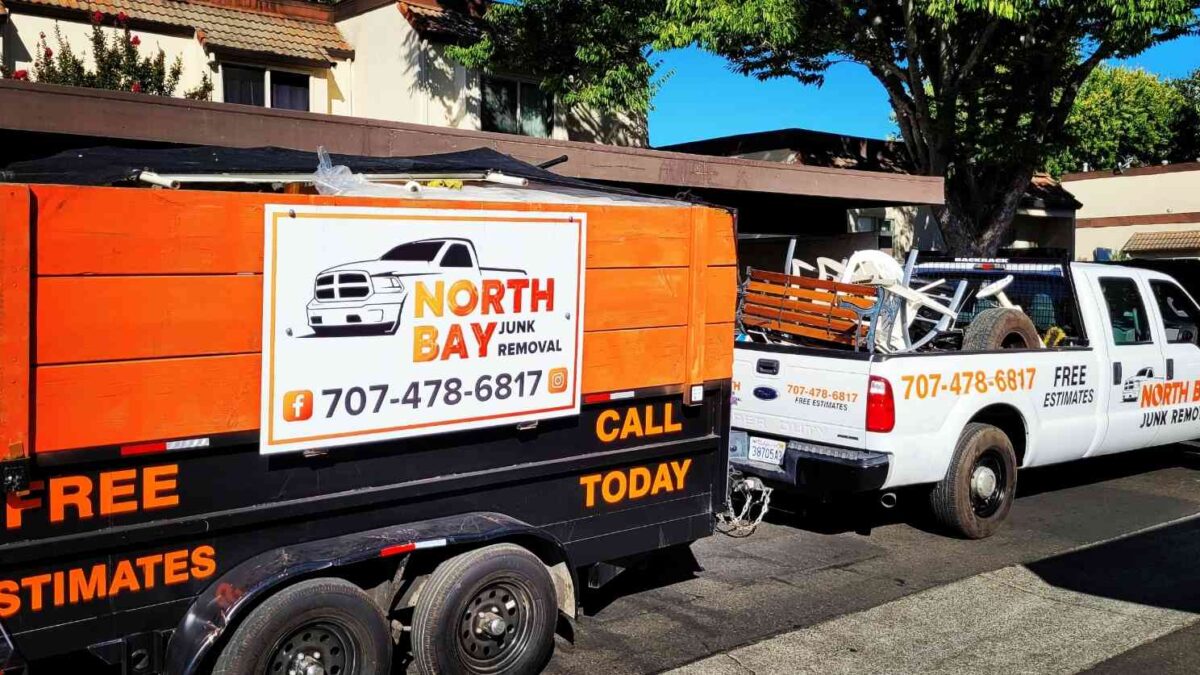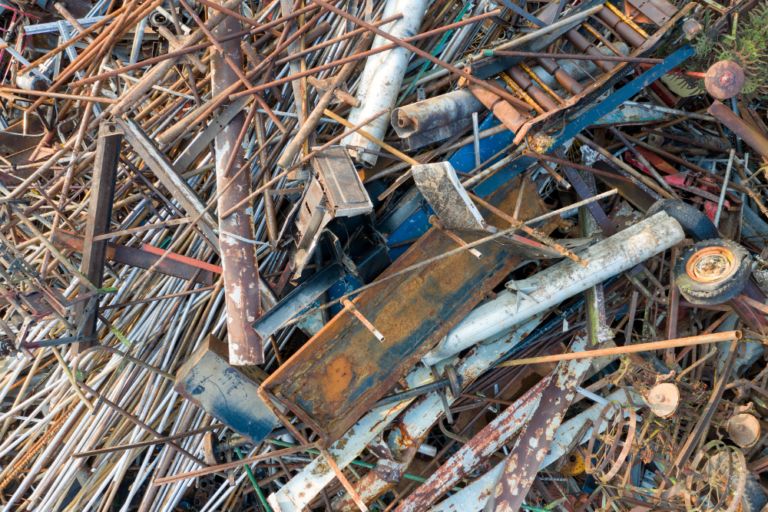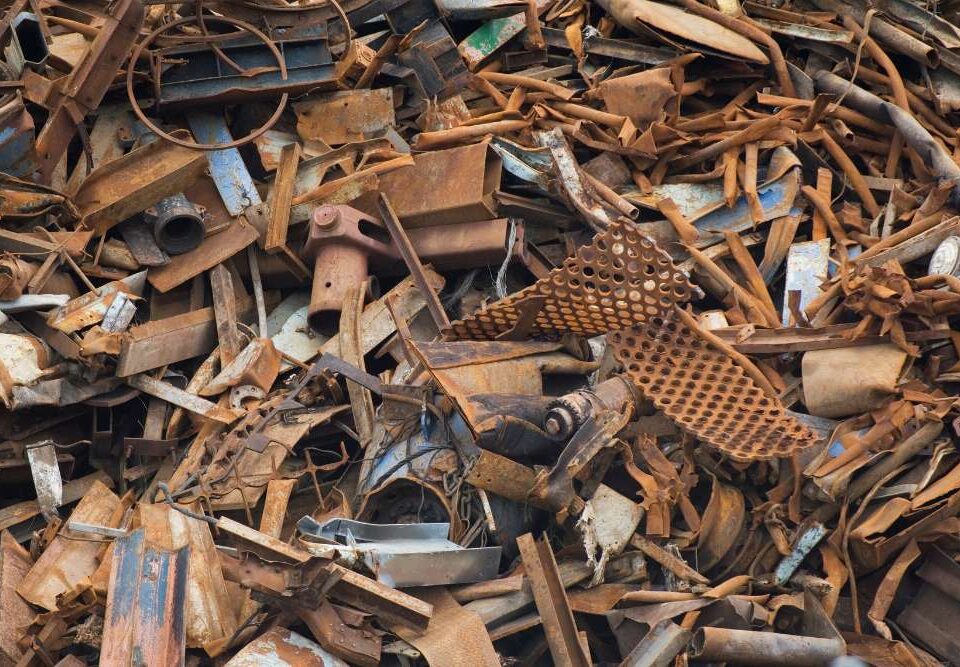
How to Use Junk Removal for Efficient Office Space Management
August 25, 2025
How to Maximize Your Warehouse Space with Junk Removal
August 26, 2025The Right Way to Handle Junk Removal in Retail Stores
Understanding the Unique Challenges of Retail Junk Removal
Retail stores often accumulate a wide variety of items that need removal, ranging from old shelving units to outdated display materials and excess inventory. Unlike residential spaces, retail locations deal with high traffic areas and operational demands that make traditional junk removal approaches inefficient. Staff members are usually focused on sales and customer service, so trying to manage large-scale removals internally can disrupt operations and create hazards for both employees and customers. Properly handling junk in a retail environment requires planning and a clear understanding of what items are disposable, recyclable, or eligible for donation. Retail managers must also consider timing, ensuring that removal activities happen during off-hours or low-traffic periods to minimize interference with the shopping experience.
The complexity of retail junk removal extends beyond the physical objects. Documentation and tracking play a role, especially for items that might have a resale value or must comply with disposal regulations. Establishing a routine for inventory assessment allows stores to identify outdated products and packaging materials before they pile up. By proactively managing clutter, retail spaces maintain a safer environment and a more visually appealing presentation for customers. This approach not only improves safety but also enhances the store’s image, demonstrating organization and care in every aspect of operation.
Creating a Customized Junk Removal Strategy
Each retail store faces different junk challenges, which makes a one-size-fits-all solution ineffective. Crafting a tailored junk removal strategy begins with assessing the store’s layout, volume of materials, and types of items needing disposal. Managers should involve team members in identifying problem areas and suggesting optimal removal methods. This collaborative approach ensures the plan reflects the store’s operational realities while keeping staff informed and engaged in maintaining a clutter-free environment. Clear communication about scheduled removal days and procedures prevents misunderstandings and ensures safety standards are met throughout the process.
Another critical component of a customized plan is establishing relationships with reliable junk removal services. Professionals equipped to handle retail materials provide efficiency and expertise that internal staff often cannot match. A service that can sort items into trash, recycling, and donation streams reduces waste and supports sustainable practices. Over time, this partnership streamlines the removal process, decreases downtime, and ultimately lowers costs associated with clutter management. Investing in a structured, professional strategy also frees store employees to focus on primary responsibilities without being burdened by logistics or safety concerns.

Identifying What Needs to Go
Retail stores generate various types of junk, from broken equipment and signage to obsolete stock. Recognizing what must be removed is an essential first step in maintaining a functional store. Conducting regular audits helps managers differentiate between items that can be recycled, donated, or discarded entirely. This process prevents unnecessary disposal of materials that could still serve a purpose elsewhere. Understanding local regulations and recycling opportunities also ensures compliance and demonstrates corporate responsibility, a factor that increasingly matters to customers.
Beyond operational efficiency, identifying junk promotes safety by eliminating tripping hazards and preventing potential injuries. Items left in hallways, stockrooms, or behind counters can quickly become dangerous if not managed properly. By systematically evaluating each area of the store, managers can establish priorities for removal and reduce the risk of accidents. This proactive stance not only protects employees but also signals to shoppers that the store values organization, safety, and a positive shopping experience.
Timing and Scheduling Considerations
When dealing with retail junk removal, timing is everything. Removing large quantities of junk during peak hours can disrupt customers and create safety concerns. Scheduling removal during off-hours, such as early mornings, late evenings, or after business closes, minimizes interference with daily operations. Planning ahead also allows staff to prepare spaces, temporarily relocating stock and equipment to facilitate smoother removals. Predictable schedules prevent last-minute chaos and ensure the store continues running efficiently without unexpected interruptions.
Coordination extends to the junk removal service, which must align with the store’s operational hours and available staff. Consistent scheduling also helps build a routine, making it easier for employees to keep up with smaller, daily clutter management tasks. This combination of long-term planning and short-term adjustments ensures that junk removal is effective without compromising the customer experience. When executed thoughtfully, well-timed removal sessions enhance store organization and reduce the stress often associated with cluttered spaces.
Safety Protocols During Removal
Retail junk removal carries inherent risks, especially when dealing with heavy equipment or large volumes of materials. Staff and removal professionals must follow safety protocols to avoid accidents. Proper lifting techniques, protective gear, and clear pathways are essential components of a safe removal process. Retail stores may have specific safety requirements that junk removal services must adhere to, such as fire codes, emergency exits, and restricted access areas. Ensuring everyone is informed and trained reduces liability and creates a secure environment for all involved.
Additionally, safety protocols extend to handling hazardous materials. Electronics, batteries, or cleaning chemicals require careful disposal to prevent contamination or injury. Establishing clear guidelines for these materials minimizes risks and ensures compliance with environmental regulations. By embedding safety into every stage of the junk removal process, retail managers protect employees, customers, and the store itself while maintaining an orderly and hazard-free environment.
Choosing the Right Junk Removal Partner
Selecting a professional junk removal service for retail spaces requires careful consideration. A reliable partner brings experience in managing commercial clutter and offers equipment and manpower suitable for large-scale removals. Retail managers should evaluate potential services based on responsiveness, safety practices, and ability to handle diverse materials. Recommendations from other local businesses or online reviews can provide insights into a service’s reputation and performance. Choosing the right partner reduces operational disruption and increases efficiency during removal sessions.
Beyond logistics, the ideal junk removal service aligns with the store’s values. Eco-conscious businesses, for instance, benefit from partners who prioritize recycling and donation over landfill disposal. Clear communication channels and flexible scheduling are equally important to accommodate unexpected inventory changes or seasonal surges. A trusted partner not only simplifies the removal process but also contributes to a sustainable and organized store environment, reinforcing the store’s commitment to professionalism and responsibility.
Incorporating Eco-Friendly Practices
Modern retail stores increasingly focus on sustainability, making eco-friendly junk removal a priority. Recycling materials, donating usable items, and properly disposing of hazardous waste minimizes environmental impact. Retailers can collaborate with removal services that prioritize these practices, ensuring that junk is managed responsibly. Implementing eco-conscious methods also demonstrates social responsibility, which can enhance the store’s brand image and appeal to environmentally aware customers.
Recycling and donation not only reduce waste but can also create community goodwill. Stores can establish relationships with local charities or non-profits to repurpose items that are still functional. Separating recyclable materials from trash early in the removal process streamlines operations and promotes a cleaner, greener store. By embedding sustainability into junk management, retail spaces contribute positively to the environment while maintaining a neat and organized appearance.
Employee Engagement in Clutter Management
Employees play a crucial role in maintaining retail cleanliness. Involving staff in identifying clutter and minor removal tasks fosters a sense of responsibility and teamwork. Retailers can implement training sessions on safe handling and sorting of materials, empowering employees to manage smaller junk items efficiently. This engagement reduces the reliance on external services for routine cleanup and encourages staff to maintain an organized workspace.
Regular communication and recognition of employees’ efforts in clutter management can enhance motivation. By creating a culture where everyone participates in keeping the store tidy, management ensures that junk accumulation is minimized. Employees feel more invested in the environment, and customers experience a cleaner, safer, and more inviting retail space. This collaboration between staff and professional services creates a holistic approach to junk removal that balances efficiency, safety, and morale.
Managing Seasonal and Promotional Surges
Retail stores often face periods of high inventory turnover, such as during holidays or promotional events, leading to temporary junk surges. Planning for these fluctuations requires flexible strategies and scalable removal services. By anticipating peaks in waste, stores can schedule additional junk removal sessions and allocate staff to assist with pre-sort and staging areas. This proactive approach prevents clutter from overwhelming the store and ensures smooth operations during busy seasons.
Preparation for seasonal surges also includes evaluating storage areas and identifying temporary holding zones for excess materials. Efficient staging allows for quicker removal and reduces disruption to customer areas. Maintaining an adaptable removal plan ensures that even during periods of high volume, the store remains safe, attractive, and organized. Flexibility and foresight are key to managing both planned and unexpected influxes of junk in dynamic retail environments.
Continuous Improvement and Assessment
Effective retail junk removal is an ongoing process, not a one-time event. Regularly reviewing removal procedures, evaluating service performance, and incorporating feedback from employees ensures continuous improvement. Retail managers should track progress, noting areas where efficiency, safety, or sustainability can be enhanced. This iterative approach allows stores to adapt to changing needs, inventory patterns, and operational goals.
Continuous assessment also reinforces accountability and organizational culture. By analyzing successes and challenges, stores can refine schedules, improve communication, and strengthen partnerships with professional services. Over time, this proactive stance transforms junk removal from a reactive chore into a strategic component of retail management. Retail spaces that embrace continuous improvement enjoy cleaner, safer, and more appealing environments for both staff and customers.
Conclusion
Efficient junk removal in retail stores requires a blend of planning, professional support, and proactive employee involvement. A structured approach that identifies items for removal, schedules operations thoughtfully, and integrates safety and eco-friendly practices ensures that stores remain organized and inviting. Partnering with experienced removal services streamlines processes, reduces disruptions, and contributes to a safer work environment. Employee engagement and continuous assessment further enhance effectiveness, fostering a culture of cleanliness and responsibility. By adopting these strategies, retail managers can manage clutter seamlessly while focusing on core business operations.
For businesses in Santa Rosa and surrounding areas seeking expert junk removal, North Bay Junk Removal provides professional services designed to meet commercial needs. With a commitment to safety, sustainability, and efficiency, their team handles everything from office furniture to obsolete inventory, ensuring spaces remain functional and organized. Call North Bay Junk Removal at 707-478-6817 for prompt, reliable assistance that makes commercial junk disappear effortlessly.




